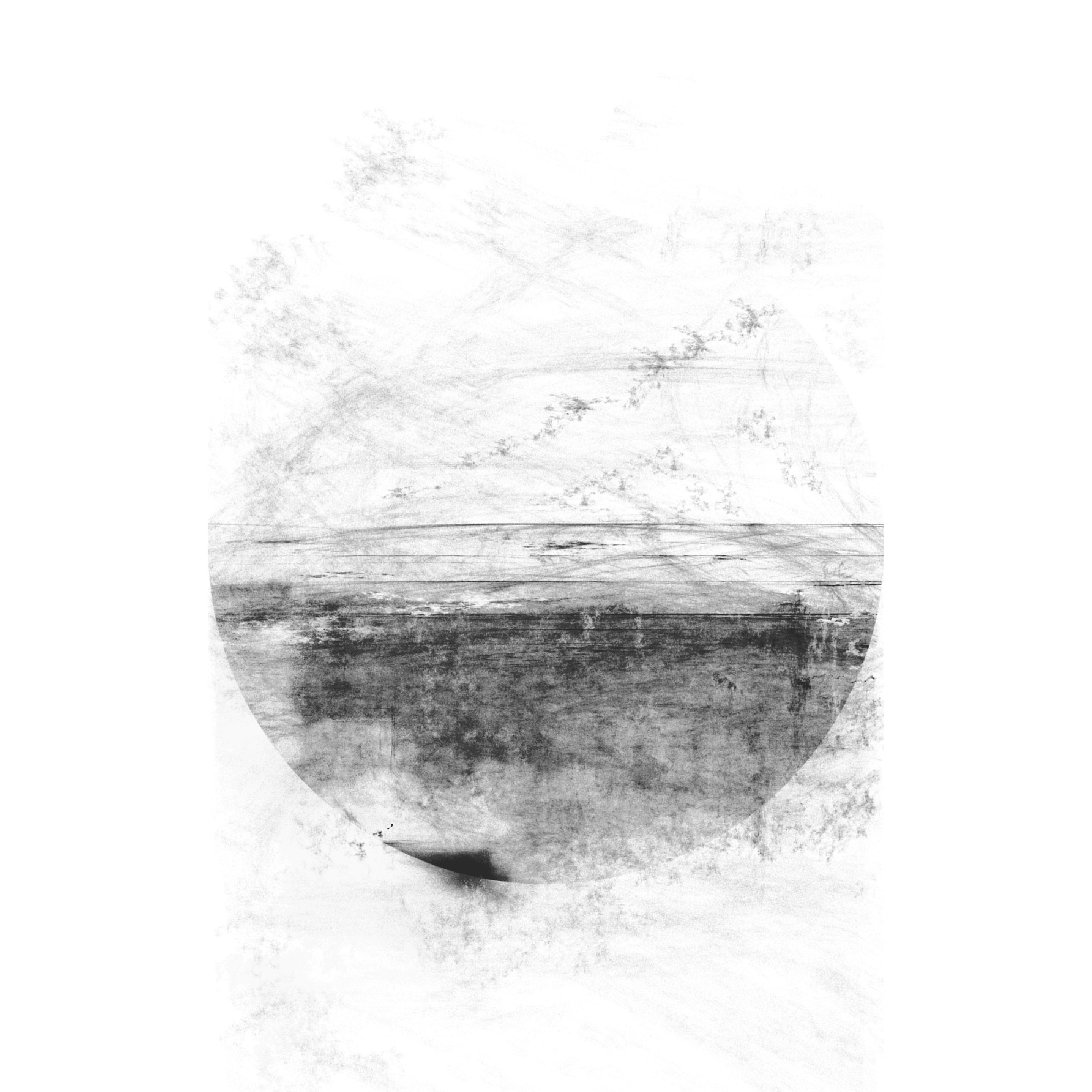Carbon-14 is a radioactive isotope of carbon not prevalent in nature – about one part per trillion of all the carbon in the atmosphere – but is a common byproduct of nuclear explosions.
By 1958, roughly 232kg of carbon-14 had already been released due to bomb testing. Of these 232kg, about one-third had been absorbed into the atmosphere; the other two-thirds had fallen back to the Earth in the form of calcium carbonate.
Circa 1958, 30 megatons of explosions, yielding 74kg of carbon-14, were being recorded each year. Based on these numbers and estimates for radiation dosages it was determined that exposure to carbon-14 over the entire lifetime of the isotope is four times higher than what had normally been assumed for worldwide fallout.
Because of its long half-life (approx. 5,740 years) carbon-14 has a negligible effect on the generation immediately following a period of bomb-testing, and a real threat to future generations.
